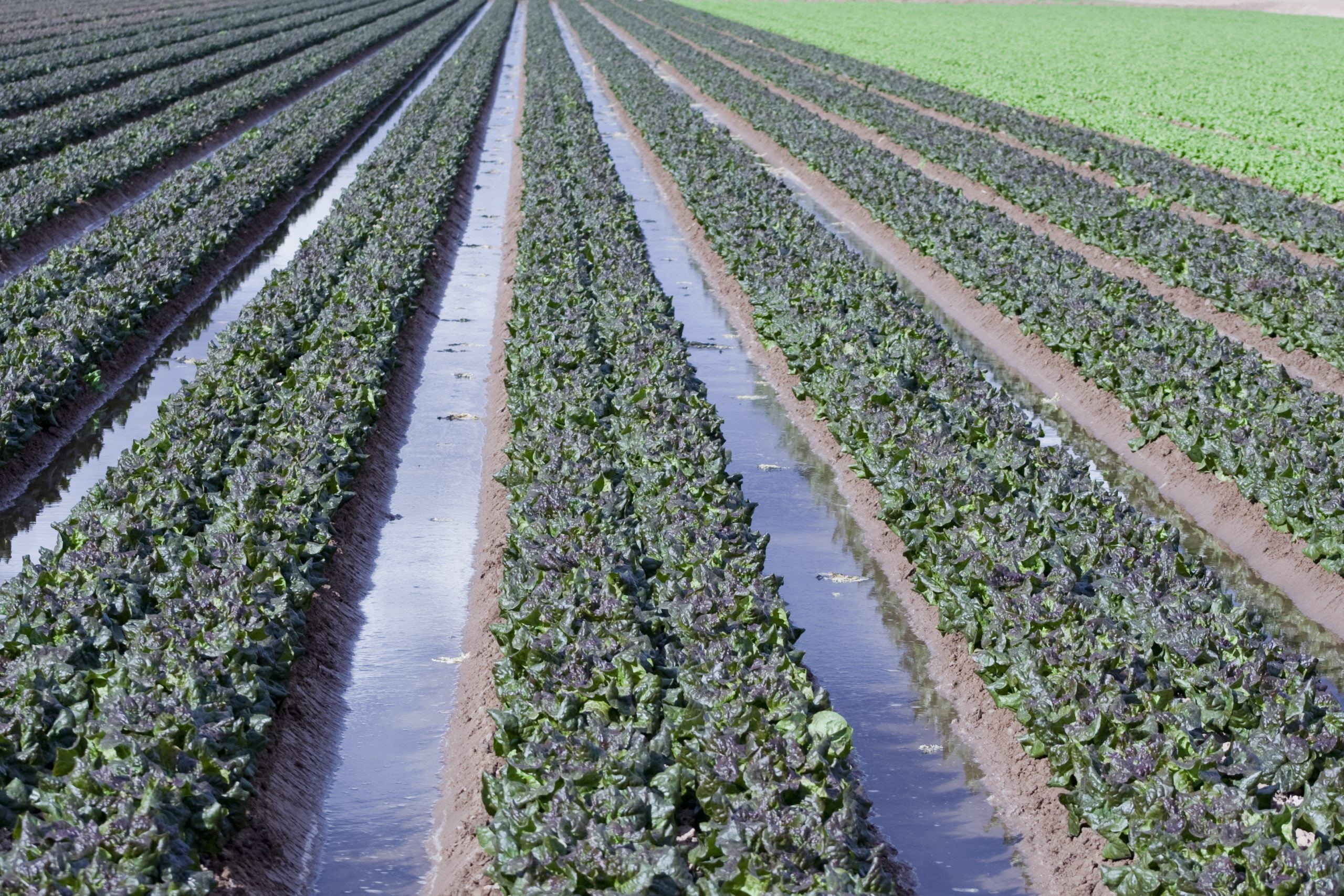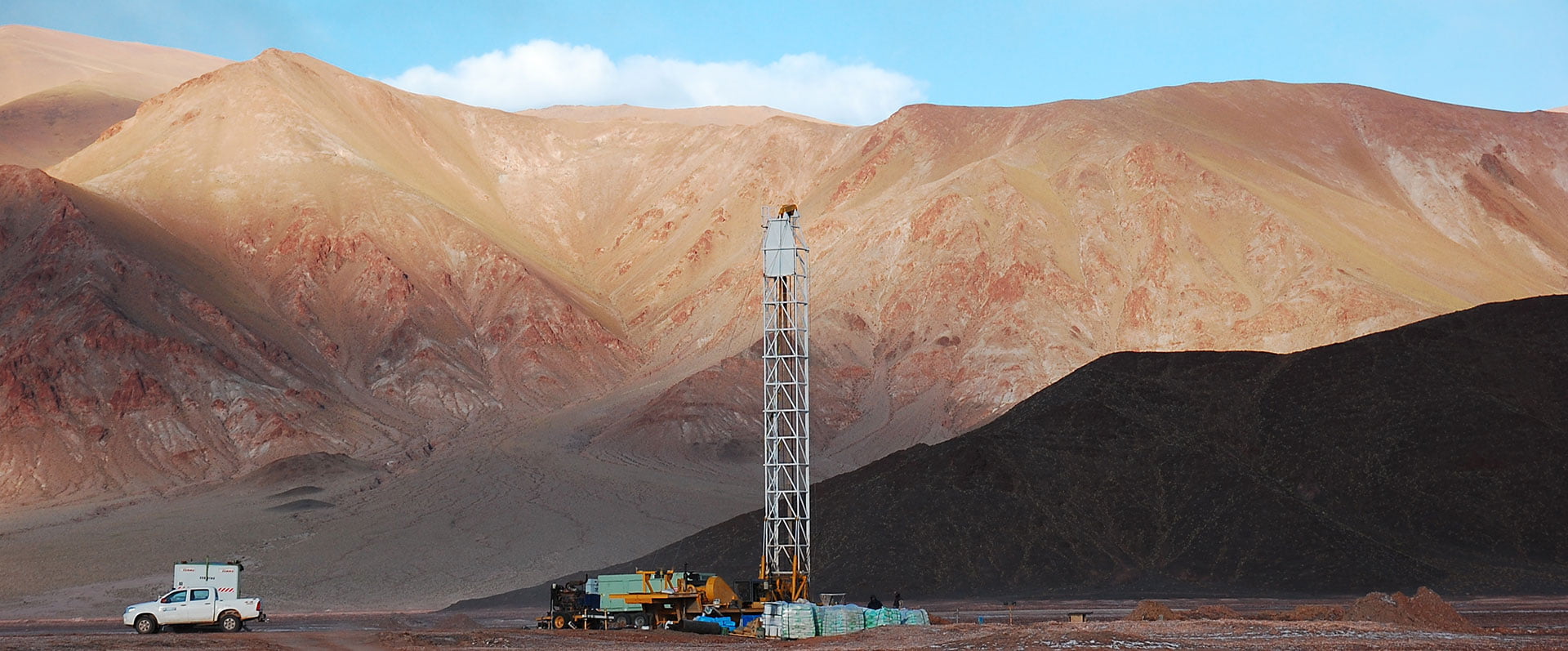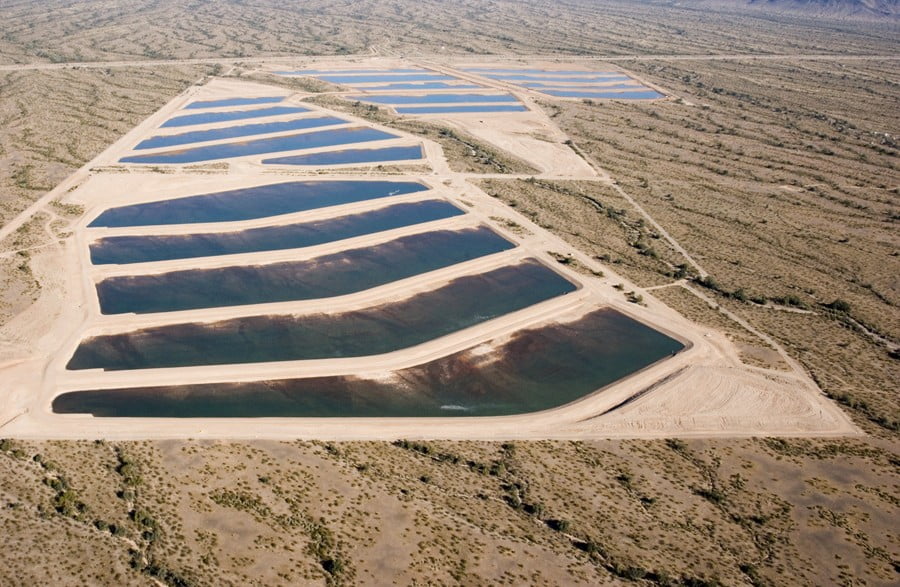The EPA’s new Coal Combustion Residuals (CCR) rule, which has been in the works for many years, finally becomes effective on October 14. The Rule will affect over 1,000 sites in the U.S. where CCRs — coal ash from coal-fired power plants — have been disposed of. Among other things, the Rule establishes minimum criteria for groundwater monitoring, corrective action, and closure. It requires CCR producers to develop monitoring networks to evaluate whether groundwater has been impacted at each regulated facility or Unit. If so, they will need to comply with additional requirements related to groundwater cleanup and CCR Unit closure.
At a minimum, the monitoring system must include four wells — one upgradient and three downgradient — for each Unit; however, the EPA anticipates that most facilities will require more wells. The purpose of the upgradient well(s) is to establish background groundwater quality in the uppermost aquifer. The downgradient wells, which must be located as close as possible to the downgradient perimeter of each CCR Unit, are used to assess impacts and track trends in regulated constituents. The Rule divides monitoring parameters into two categories: detection and assessment. Detection parameters — which include boron, calcium, chloride, fluoride, pH, sulfate, and total dissolved solids — provide information about whether an aquifer has been impacted by discharge from a CCR Unit. The assessment parameters, which are more extensive and include some heavy and radioactive metals, only come into play when detection monitoring indicates that an impact has occurred above the established baselines.
Like any major environmental regulation, the CCR Rule is complicated. It also differs in some significant ways from state regulations, such as Arizona’s Aquifer Protection Permit (APP) program. Compliance hinges on selecting appropriate well locations for sampling, which in turn requires a strong understanding of the hydrologic system at the site; without this, CCR producers may end up drilling more wells than necessary or facing pushback from regulators if the system is inadequate. One challenge is identifying the “uppermost aquifer,” especially in the Southwest, where depth to groundwater can be hundreds of feet and zones of saturation can be discontinuous. Another is identifying appropriate locations for upgradient (background) wells — a task that can be difficult if aquifers are chemically complex or limited in areal extent and/or if the direction of groundwater flow changes over time in response to nearby pumping or recharge. Although the Rule recognizes various geologic and hydraulic conditions that warrant exceptions to the use of an upgradient well, such a determination will require a robust data set and a sound understanding of hydrogeologic conditions.
CCR producers have an important deadline to meet: Within 30 months of the Rule’s publication date (April 17, 2015), they must collect eight statistically independent samples from the upgradient (background) and downgradient wells. At least 3 months between sampling rounds is preferred. Groundwater samples must be analyzed for both detection and assessment constituents during this initial period. In addition, during each of the eight sampling events, groundwater elevations must be measured in each well, and the rate and direction of groundwater flow must be estimated in the uppermost aquifer.
Given the 30-month sampling horizon, CCR producers need to start planning for these new requirements — and ensure that they have the appropriate number, location, and depths of monitoring wells in place. Recognizing the need to launch into the first of eight sampling rounds before the end of the year, M&A has already begun assisting clients in designing monitoring well networks to establish compliance with the Rule.










